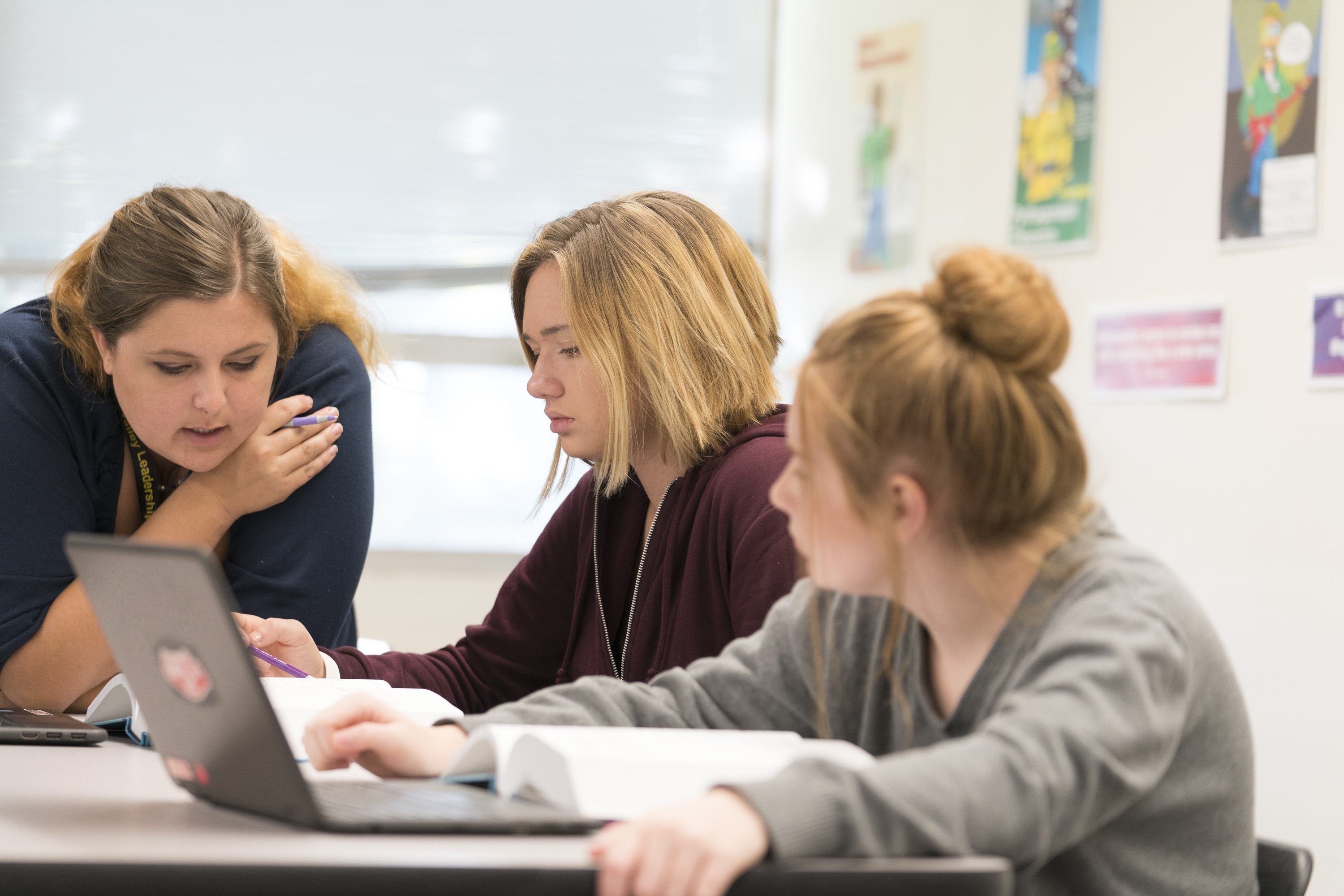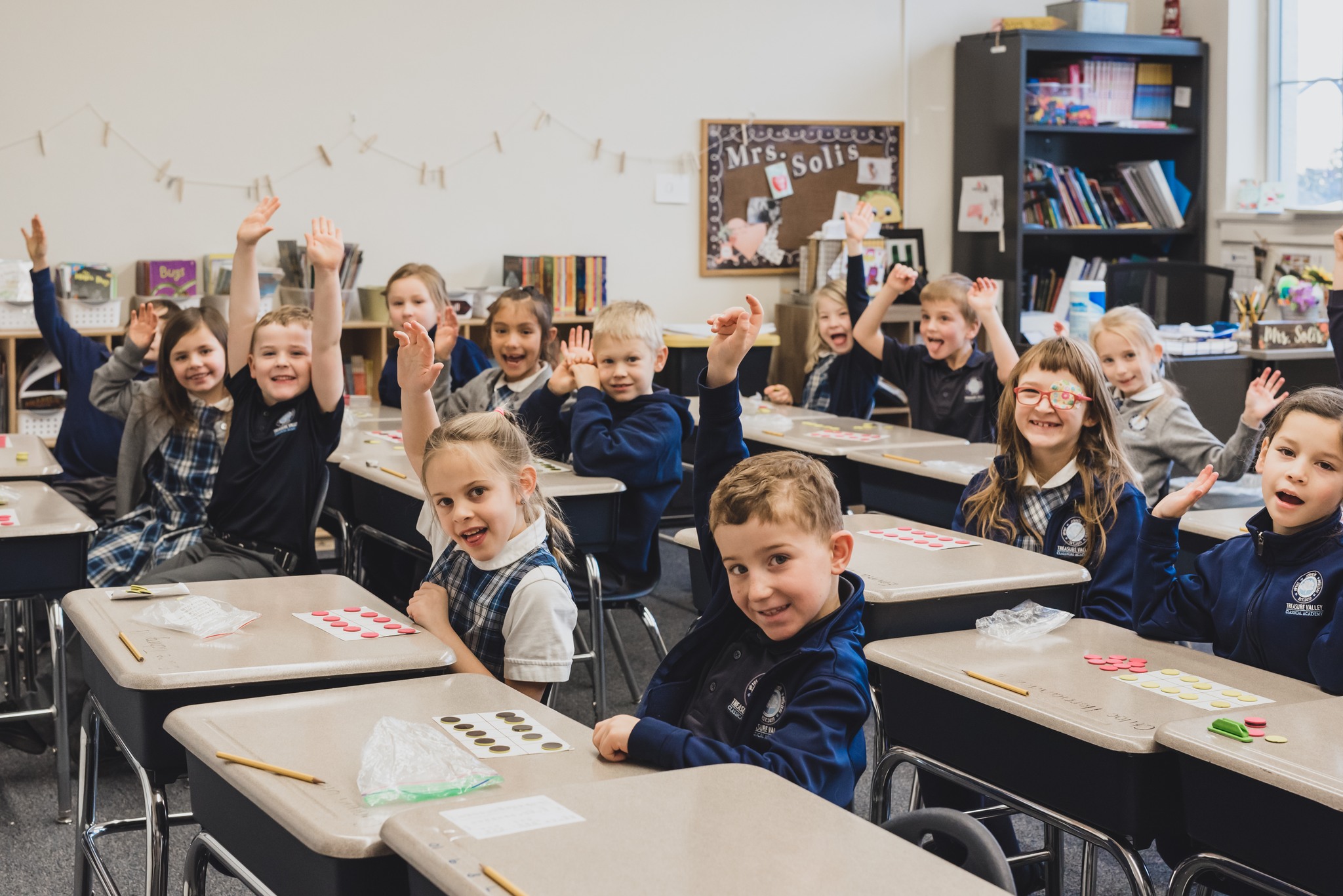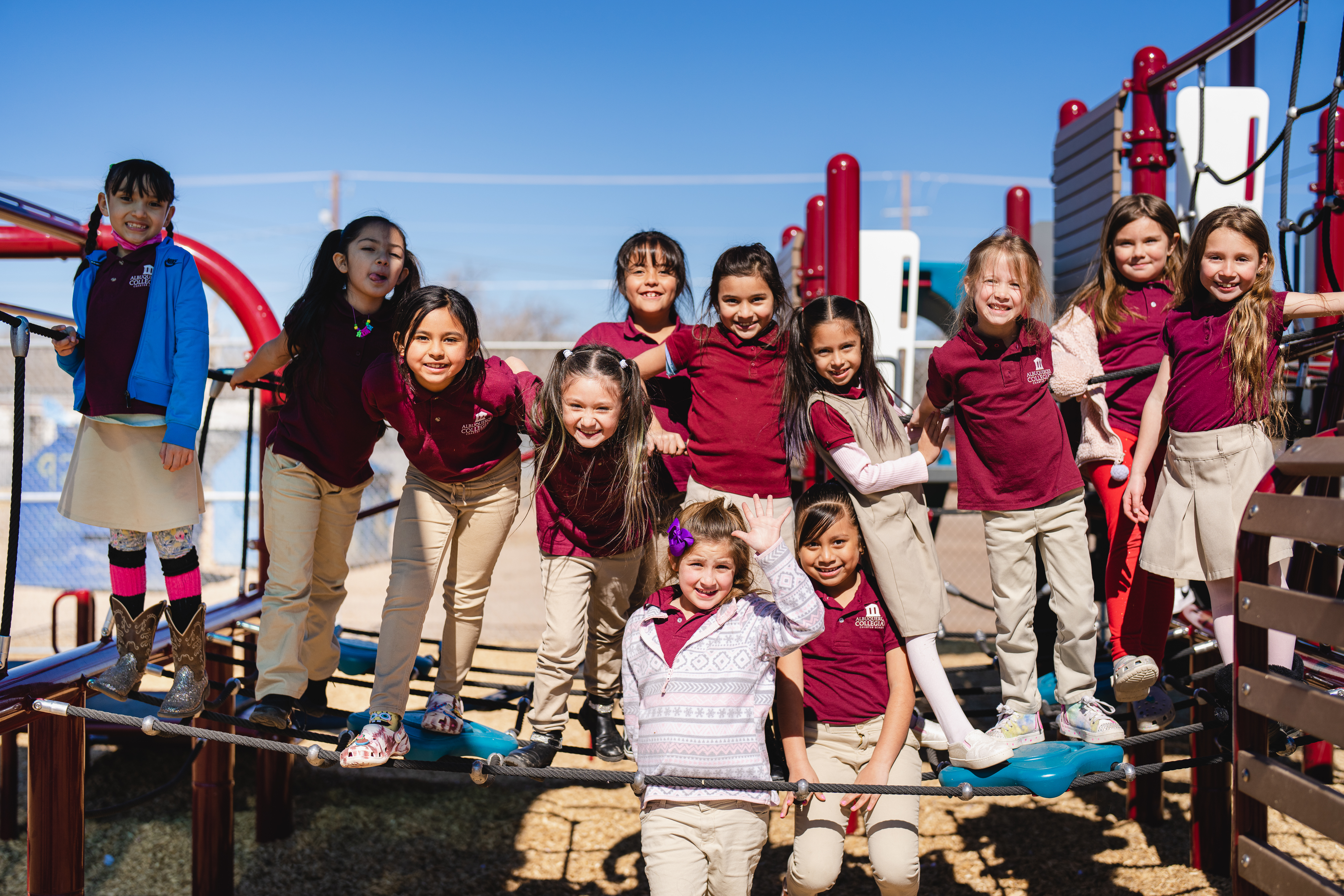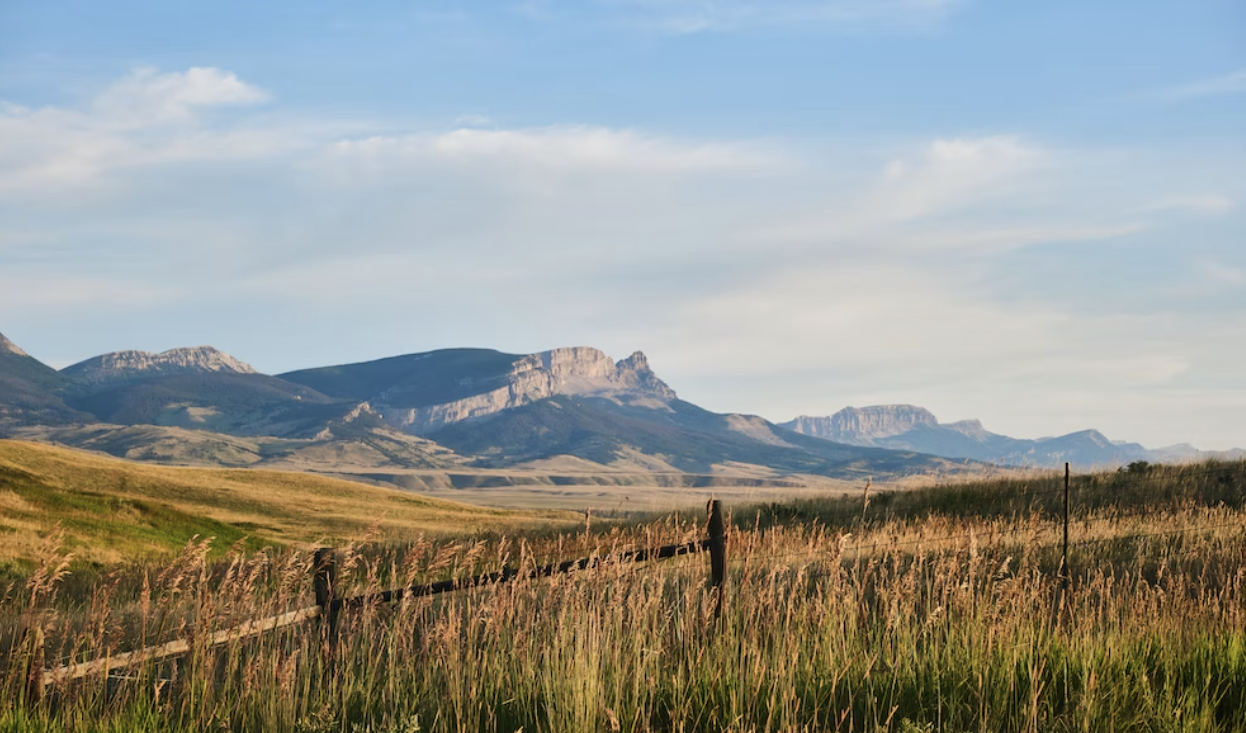
Comparing Notes – A Visit to one of Idaho’s First Innovation High Schools
by Kristen McCarver
Nestled within a quiet Nampa neighborhood is one of Idaho’s first innovation high schools, Treasure Valley Leadership Academy. Launched at the start of the 2017-18 school year with a class of around 30 9th graders, it’s no doubt been a year of firsts, including hosting a learning visit for educators from another school. As an innovation school, TVLA is in the unique position “to function as a lab for new ideas and programs in education. We host others in order to share what we have learned and spread effective instruction models. We are transparent in how we operate so that other institutions can learn from our work,” says Principal, Emmett Wemp.
At a recent conference, a TVLA teacher and leadership staff from the Wilder School District happened to strike up a conversation that led the two groups to coordinate a visit. According to Wilder’s Middle High School Principal John Carlisle, his interest was piqued by a description of “how the projects were done [at TVLA]” as he was fascinated with the opportunity to maximize student learning. “I wanted my team to learn from this to set better expectations for students at Wilder Middle High.”
Wilder is a small rural school district in a farming community in Idaho’s Canyon County and participates in the Idaho Mastery Education Network, a cohort of 20 LEAs throughout the state of Idaho selected to pilot the Mastery-Based Education Model. Though they serve different communities with different needs, both groups are trying new ideas for Idaho, “working to personalize learning for students and improve student outcomes,” says Carlisle.
What does TVLA have to offer other educators? Their status as an innovation school allows them to be flexible – using personalized and project-based learning models allowing students to be pace-setters of their own learning, and questioning concepts like seat-time and student advancement based on age. They are also able to quickly adapt to the needs of their community and empower leadership and collaboration for both students and staff.
According to Wemp, “The goal of having other institutions visit our school is to share our knowledge on personalized learning, innovative practices, and connecting with students at a deeper level. As an innovation school, TVLA is in a unique position to be able to share pioneering practices that are effective. As educators, we need to be able to learn from one another and implement best practices so that students have the best-possible learning opportunity.”
Mr. Hukkinen, the K-12 art teacher from Wilder School District was curious about what he could learn from the visit. “I am hoping to gain insight into what a successful project-based learning school model might look like. I am hoping to bring more inspiration and excitement at the prospect of increasing student empowerment. This will be achieved by allowing students to be more in charge of their schooldays and how they progress through their assignments.”
Mr. Carlisle was optimistic, too, stating that “The best part of a school visit like this is to experience different ways of doing things. My group had a great opportunity to bring back new ideas to help our staff pick up on missing pieces to our personalized program.”
The Wilder team set out to observe a typical day at TVLA, but a day in this school is far from the norm. Students are not directed by a set bell schedule. Instead, the staff creates workshops based on student need, which they determine through the use of student learning data. The students are then allowed to choose to attend whichever workshop they need to in order to complete their learning.
“Students have the ability to self-advocate and determine what their day looks like, much like a college course. We have set times for the workshops, but they are not always mandatory to attend,” says Wemp. In addition to the workshops, TVLA uses student projects that “allow students to demonstrate and share their learning and are evaluated through authentic, task-based assessment. Students also are able to show mastery of content by accessing material at their own pace, which means we don’t have traditionally structured courses.”
And while the benefit of a school visit would seem to favor only the visiting educators, it also creates opportunity for students and staff in the hosting school, as explained by Wemp.
“When we demonstrate collaboration across schools for students, it is more apparent that we must be able to collaborate with others in life. Having others visit requires us to keep in mind that others will want to know what our process is, so it forces us to be really transparent with how we operate. Students also get to show off for visitors which builds pride in their work when they know it will be used for others, not just for school.”
One student even had the chance to summarize the process of her learning for Mr. Carlisle, Wilder’s Middle High Principal: “She explained to me how they are given a topic like school improvement, go on a trip to determine what needs to be changed, and plan projects to create positive change. In the case of the school improvement topic, students had a field trip around the school, coming up with ideas to improve the school, and prioritizing these ideas. With a plan to focus their learning around an herb garden for the lunchroom or cleaning up the school which is housed in an older building, students take pride in their work and are engaging in different ways to learn their material.”
We asked each of these educators this question: Do you think sharing practices between educators is important to students? Why & how?
“When educators share best practices for learning, it benefits both the students and the educational system. We have to stop creating silos of knowledge where one person is the keeper of all the information. When we are transparent about sharing practices, we are also able to model for students what collaboration looks and feels like.” Emmett Wemp, Principal of Treasure Valley Leadership Academy
“I think it helps to continue refining your practice and visiting schools helps to stay the course in knowing what the vision for school success can look like even when it is different…It is always a work-in-progress to improve school and give students what they deserve.” John Carlisle, Principal of Wilder Middle High School
“Yes, most definitely. We may be able to save valuable instructional time by avoiding methodology that does not work. We may be able to enhance our mastery program seeing success first hand.” Harry Hukkinen, K-12 Art Educator, Wilder School District
Bluum is committed to ensuring that Idaho’s children reach their fullest potential by cultivating innovative schools and sharing learning innovations. TVLA and Wilder exemplify this through their willingness to explore new possibilities for how learning and instruction are made available to students.
—
Have something to say? Find us on Facebook and Twitter to join the conversation!




